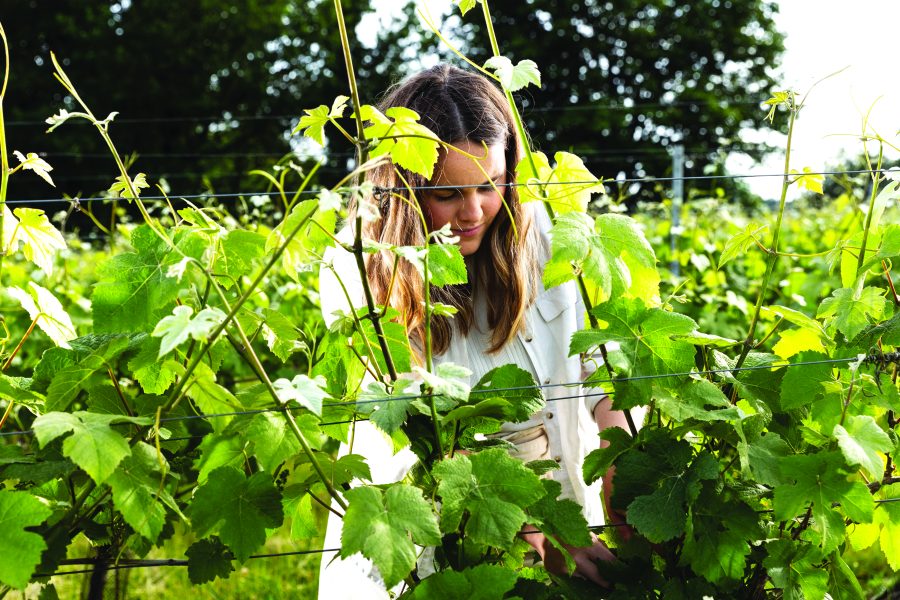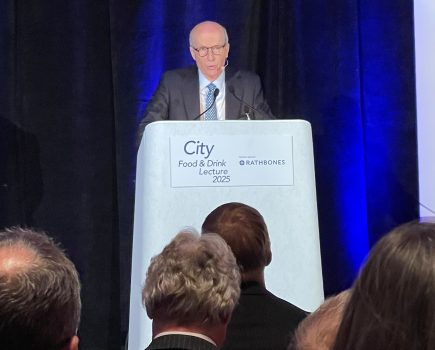In the second part of this climate change series, I will review the role of alternative farming systems and how they fit into the wider, long-term landscape of farming.
Organic farming is set apart from other farming schemes such as ‘regenerative’, as there are strict rules and guidelines to follow, especially if the produce is to be labelled as ‘organic’. The overarching aim of organic is to refrain from using artificial substances, including synthetic pesticides and fertilisers. In this article I will focus on the environmental aspect of organic or regenerative, with references largely relating to horticultural crops. So, is organic good for the environment, is there a market and is it attainable for growers?
According to the Soil Association, consumer demand for organic produce is at an all-time high, with 2024 delivering its 12th consecutive year of growth. Currently, South East England has the second largest area of organic land in the country, at 15%.
Soil is a key theme in regenerative systems due to its complex role in nutrient supply and carbon storage. Within the soil lie millions of microbes that are the base of the entire food chain. These microorganisms are responsible for carbon sequestration, soil structure and plant growth. Organic practices, such as increasing applications of farmyard manure and protecting these microorganisms, enables better nutrient supply to plants and increased organic matter.
Many growers will already be incorporating practices in the daily workings of the farm that would also transfer to an alternative system, so organic isn’t as foreign as it may sound.
There is an emphasis on incorporating cultural methods to manage and grow crops in all growing systems, including in conventional production. These include planting disease-resistant varieties such as Magic Star apples, mechanical weeding, introducing natural predators, using good hygiene practices such as sterilising tools, incorporating a nutrient management plan and the use of pheromone traps; I could go on. As we know, these practices aren’t new, and coupling them with other integrated farm management strategies can help reduce inputs, or at least provide a sound, scientific justification for action.
One focus of organic or regenerative farming is reducing synthetic chemical usage. It seems to be a win for the grower as the spend on chemical is reduced, but yield and quality may also be reduced, so the grower must rely on a higher sale value of produce to maintain business profitability. However, we depend on chemistry to produce high quantity and quality crops, so what are the alternatives that can be used under an organic regime?
- Copper oxychloride is used as an organic control method against downy mildew in vines but has reduced efficacy when heavily relied on, and in-season dependency has become great. The environmental concern about copper oxychloride is that it accumulates in the soil as it struggles to break down, which notably changes soil biology.
- Paraffin oil, although not authorised for use in Britain, is an organic approved insecticide for use against mites and aphids in tree fruit. However, paraffin is a by-product of petroleum and so has obvious sustainability issues, particularly as fossil fuel products are the leading cause of global warming.
- Calcified seaweed is an approved fertiliser, but user guidance details that calcified seaweed must be collected from the foreshore environment where it has naturally washed up, resulting in variable quality. Arguably this isn’t a realistic practice for most working farms but may be more feasible for Highland crofting situations.
The future of alternative systems is viable, but there are several aspects where review may be of benefit and help to encourage adoption by growers. The strict rules around ‘organic’ labelling perhaps create barriers to growers engaging with organic principles. This is where the regenerative methods are now gaining traction with the consumer – but are they willing to pay the premium for produce farmed using these methods?







